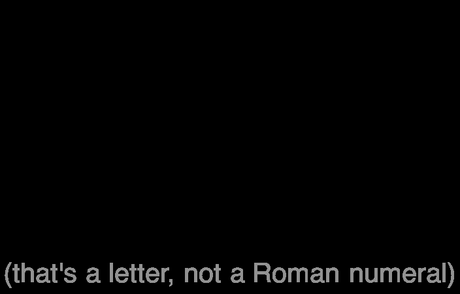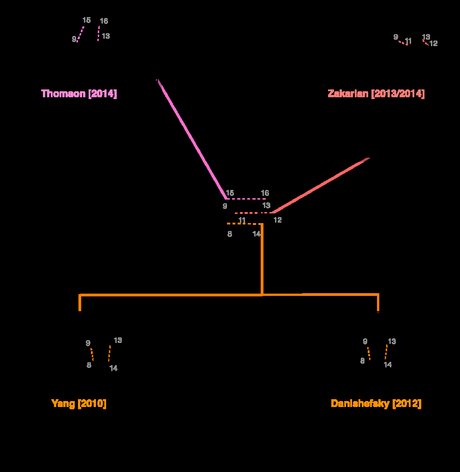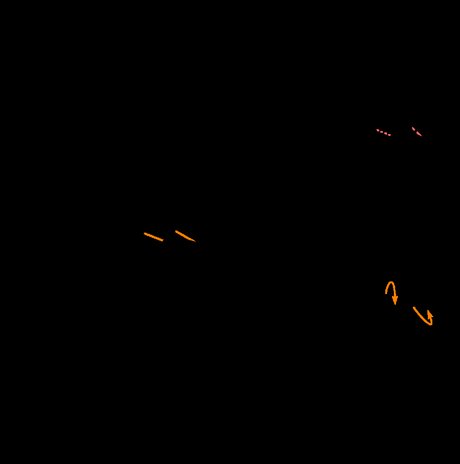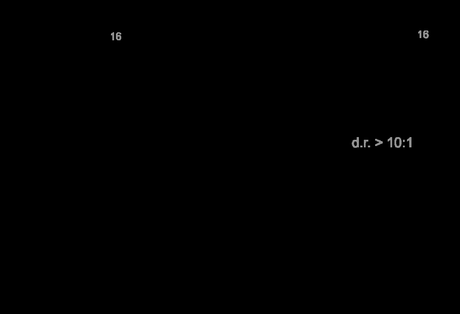Enantioselective Synthesis of (−)-Maoecrystal V by Enantiodetermining C−H Functionalization
Armen Zakarian, Huw M. L. Davies et al., J. Am. Chem. Soc. 2014, 136, 17738 [PDF] [SI] [AZ GROUP] [HMLD GROUP]
DOI: 10.1021/ja510573v
 This is the second part of my coverage of the two recently published syntheses of (–)-maoecrystal V, dealing with the route completed jointly by the Davies and Zakarian groups (Part 1, featuring the Thomson group synthesis is here).
This is the second part of my coverage of the two recently published syntheses of (–)-maoecrystal V, dealing with the route completed jointly by the Davies and Zakarian groups (Part 1, featuring the Thomson group synthesis is here).
That's right, for the first time in three and a half years' blogging I find myself writing about that rarest of publications: the collaborative total synthesis. Also somewhat unusually, the two US-based groups involved in the collaboration are both headed up by professors who originally hail from outside the States.[1]
Sharp eyed readers will note that a large part of this synthesis is adapted from the Zakarian group's previously reported total synthesis of racemic maoecrystal V from back in 2013, and in fact it reuses the same intramolecular Diels–Alder key step to construct the fused furanobicyclo[2.2.2]octane ring system:

I'm reusing this scheme because it took me an extremely long time to draw.
This well-planned cycloaddition enabled the execution of a concise and efficient diastereoselective route (24 steps @ 1.5% overall yield) that compared quite favorably with the others that had been reported at the time. The 2013 paper finished with the following paragraph (emphasis mine):
"The strategic focus on the central strained tetrahydrofuran ring resulted in an initial disassembly of the lactone ring to a polycyclic enol ether. The enol ether was constructed by an IMDA reaction of a tethered CH2=CH2 equivalent with a 2,4-cyclohexadienone fragment obtained by oxidative dearomatization of a dihydrobenzofuran intermediate. This intermediate, in turn, was prepared by an effective rhodium-catalyzed C−H functionalization reaction which can potentially be modified to access enantioenriched products using chiral rhodium catalysts."
Well it seems that Zakarian group decided to go back and realize this dream, enlisting the help of C–H activation and rhodium experts the Davies group.
Their second generation route began with the α-ketoester shown below, which was prepared in 3 simple steps from 5-hydroxybenzodioxole. First, the methyl ester was hydrolyzed and the resulting α-ketoacid was coupled with a chiral auxiliary derived from inexpensive mandelic acid. The ketone was then converted to the corresponding diazo group by condensation with tosyl hydrazine, followed by treatment with base to give the team the substrate for their crucial C–H insertion reaction. They then screened a large number of chiral and achiral rhodium catalysts in order to try and find conditions that would allow them access to their target dihydrobenzofuran in an enantioenriched form.[2] Eventually, good ol' rhodium acetate was identified as the optimal catalyst, giving a reasonable yield and usable stereoselectivity. After methanolytic cleavage of the auxiliary the desired dihydrobenzofuran could be obtained in 84% ee.

With the help of the Davies group, Zakarian was able to develop an enantioselective version of his key C–H insertion step.
Alkylation of the ester was carried out with LDA and BOMCl (fulfilling its popular secondary use as a masked formaldehyde equivalent, rather than a protecting group), and the ester was then reduced with lithium aluminum hydride. Next, a rather unusual reaction with methylmagnesium bromide was used to selectively deprotect just one of the hydroxy groups tied up in the methylenedioxy ring, opening the ring to give the monoethyl catechol in excellent yield.[3] Finally, the mono-protected catechol was oxidized with bis(trifluoroacetoxy)benzene, converting it to the mono-protected cyclohexadienedione—which was to serve as the diene component in the impending Diels–Alder reaction—and a silicon-tethered vinyl dienophile was appended to the nearby primary alcohol.

Preparation of the Diels–Alder substrate by oxidative dearomatization.
The crucial complexity–generating intramolecular Diels–Alder reaction was then carried out by heating this substrate in refluxing toluene, impressively proceeding in near quantitative yield. With this step behind them, the team now removed the diethyl acetal—which had successfully served as a blocking group to allow an otherwise impossible tautomer of their phenol to exist—by reducing it down to the methylene group with samarium(ii) iodide.

The group's Diels–Alder reaction proceeded in outstanding yield, and the unwanted acetal was then reductively removed with samarium(ii) iodide.
At this point, the major hurdles remaining were the removal of the silicon tether and the installation of the lactone ring. The group began be removing the now unwanted dimethylsilyl group by treatment with TBAF in DMPU, although unfortunately only a modest yield could be obtained for this step. The unmasked alcohol was then converted to the phenylselenoformate using CDI and (PhSe)2/NaBH4 as a source of PhSe–, and treatment of this unstable intermediate with AIBN and (Me3Si)3SiH effected a 6-exo trig cyclization to close the central lactone ring. The PMB group was removed with DDQ and the resulting alcohol was oxidized the aldehyde and methylenated.
Finally, α-methylation of the ketone with LiHMDS and iodomethane gave the alkylation product in good yield and serviceable diastereoselectivity. Interestingly—as the Thomson group found out to their cost—if this step is postponed until after the completion of the final lefthand ring then only a 1:1 d.r. is obtained in this transformation. It's amazing to note how small changes in one part of a molecule can seriously affect the outcomes of reactions at seemly distant centers!

Post-Diels–Alder modifications cut out the silyl linker and built up the lactone ring using an interesting acyl radical cyclization.
The benzyl group was then removed with DDQ, and this was swiftly followed with oxidation and treatment of the resulting aldehyde with vinyl magnesium bromide and cerium chloride to give the allylic alcohol with decent diastereoselectivity. Finally, ring closing metathesis followed by oxidation of the allylic alcohol gave the nature product in good yield.

Zakarian's endgame featured an RCM to close the final cyclohexenone ring.
I think it's too rare that an academic group finishes up and publishes a total synthesis but then goes back to try and improve it. These second (or nth) generation total syntheses are often a great lesson in route optimization (well, at least on the academic side of things), and they're something that I always enjoy reading. Well done to the Davies and Zakarian groups on a fruitful collaboration!
Addenda
1. Hailing from Aberystwyth (US readers may enjoy trying to say this out loud) in Wales, Huw Davies studied at the universities of Cardiff (undergraduate) and East Anglia (graduate) in the UK before moving to Princeton for a postdoc with Ted Taylor. He's currently at Emory. Zakarian completed his undergraduate education at Moscow State University before undertaking graduate studies with the Holton group. After a postdoc with Larry Overman and a 4 year stint at Florida State he's now at UCSB.
2. They also tried a different chiral auxiliary, as well simple catalyst control on an achiral starting material, but enjoyed less success with these substrates.
3. I assume that coordination of magnesium between the primary alcohol and nearest methylenedioxy oxygen atom lead to selective weakening of just one of the two possible C–O bonds for cleavage.
